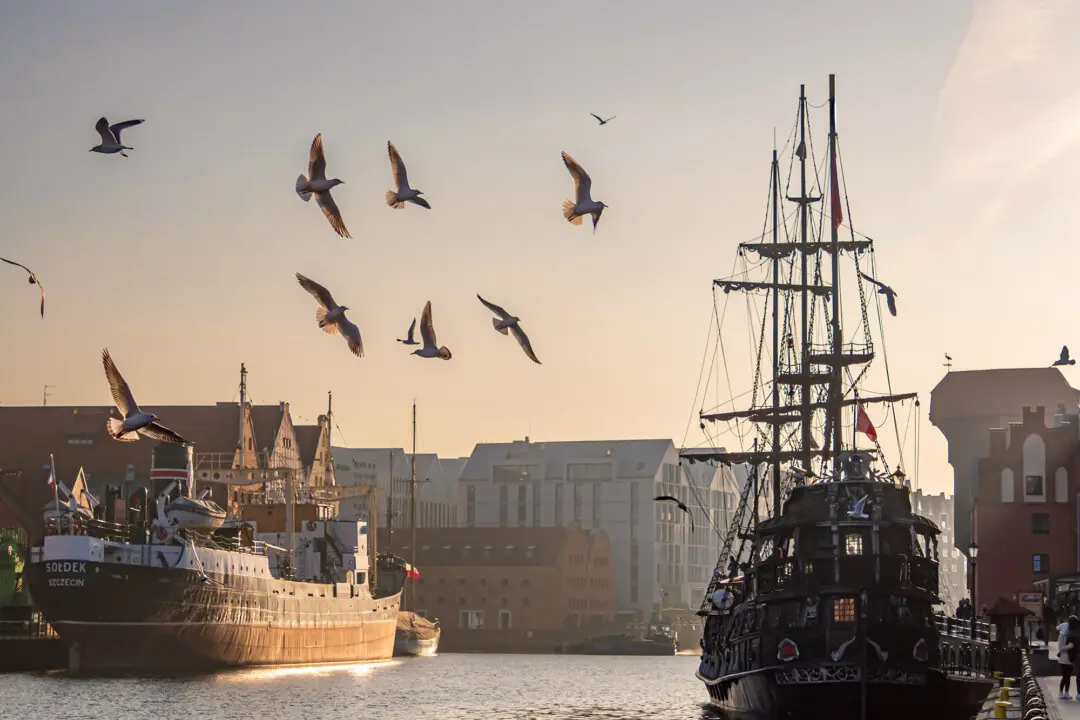The turn of the century—the illustrious fin-de-siècle—was a heady time for Hungarians. Created in 1873, the city of Budapest brought together the previously separate communities of Buda, Obuda, and Pest, quickly becoming a cosmopolitan national capital. Home not just to Hungarians (usually called Magyars), it attracted people from across Europe, and grew in wealth and power, to become a full, named partner in the Austro-Hungarian Empire. In 1896, Budapest became the first city on the continent to open an underground rail system, beating the Paris Metropolitan by four years. Europe’s largest parliament building rose from the banks of the blue Danube, its grand domes and spires still gracing that river to this day.
Subsequent years would not be so kind to this Central European nation. Two world wars, the collapse of empires, and especially four decades serving as a Soviet satellite state wore down a once-magnificent place. Budapest has recovered, economically, since the fall of communism, and newly-polished remnants of those glory days are everywhere, from the parliament to the heights of Fisherman’s Bastion, completed in 1902, to the pillars and soaring colonnades and columns at Hero’s Square. Opened in 1900, it is perhaps the most perfect manifestation of Hungarian pride, the statues there celebrating the greatest figures in their history.





